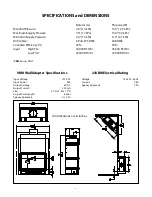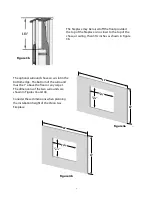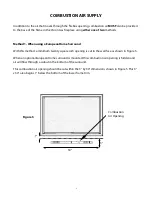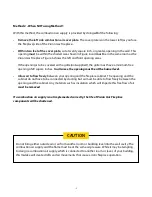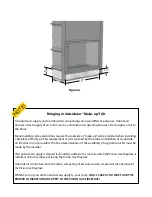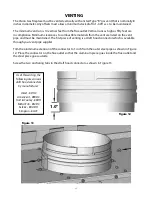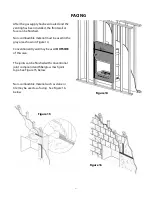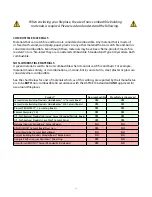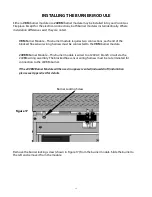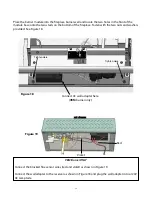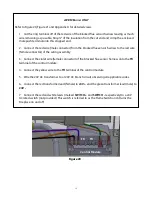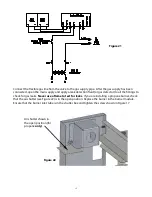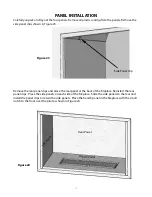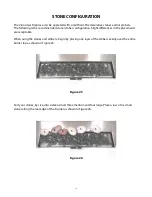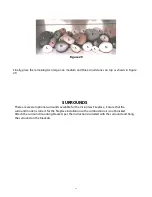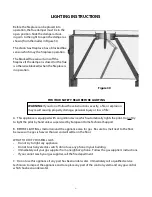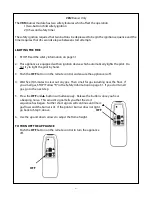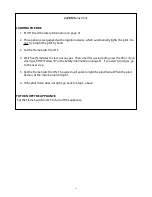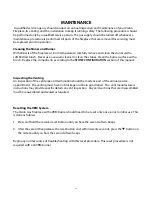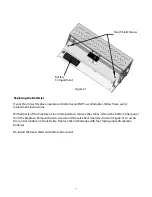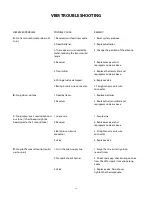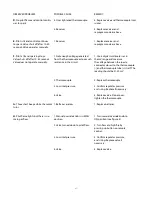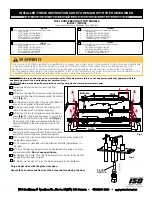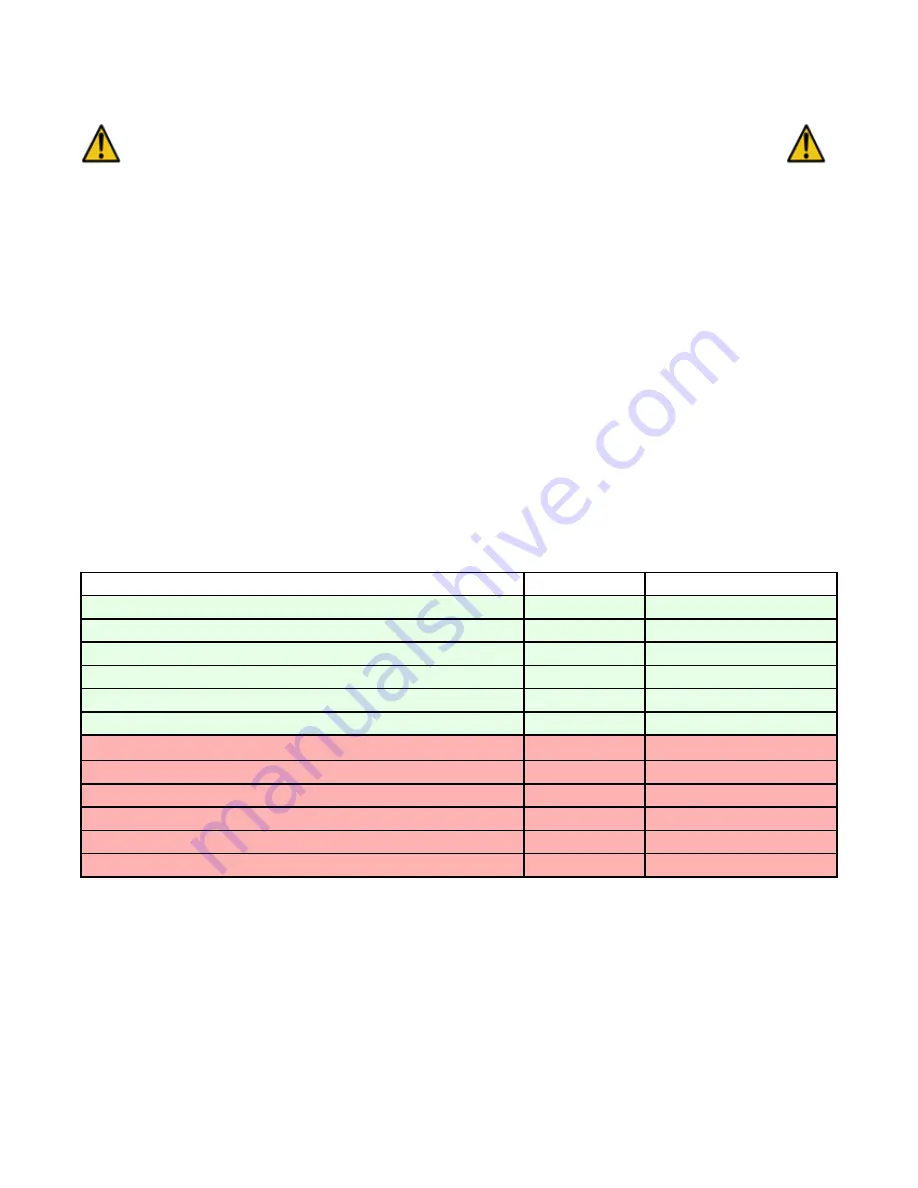
22
COMBUSTIBLE MATERIALS
Materials that can catch fire and burn are considered combustible. Any material that is made of,
or faced with, wood, wood pulp, paper, plastic or any other material that can catch fire and burn is
considered combustible. Even though these materials may have been 'flame-proofed', made 'fire-
resistant' or are 'fire-rated' they are considered combustible. Standard and Type X drywall are both
combustible.
NON-COMBUSTIBLE MATERIALS
A given material is said to be non-combustible when it cannot catch fire and burn. For example,
materials made entirely, or in combinations, of, stone, brick, concrete, tile, steel, plaster or glass are
considered non-combustible.
See the chart below for a list of materials which, as of this writing, are reported by their manufactur-
ers to be
BOTH
non-combustible (in accordance with the ASTM E136 standard)
AND
approved for
use around fireplaces.
Product*
Non-combustible
Manufacturer Approved
James Hardie Building Products HardieBacker® 1/4” Cement Board
YES
YES
James Hardie Building Products HardieBacker® 500 Cement Board
YES
YES
Promat PROMATECT®-L Insulating Boards
YES
YES
Skamol Skamotec® 225
YES
YES
U.S. Architectural Products Versaroc® Cement Bonded Particle Board
YES
YES
U.S. Architectural Products Cem-Clad® Cement Panel
YES
YES
National Gypsum PermaBase® Cement Board
NO
NO
USG DUROCK® Cement Board Next Gen
YES
NO
CertainTeed Fiber Cement BackerBoard
NO
NO
Custom Building Products WonderBoard® Backerboard
NO
NO
Georgia-Pacific Gypsum DensGlass® Sheathing
YES
NO
Ameriform ARMOROC® Cement Bonded Particle Board
YES
NO
When enclosing your fireplace, the use of non-combustible building
materials is required. Please read and understand the following.

